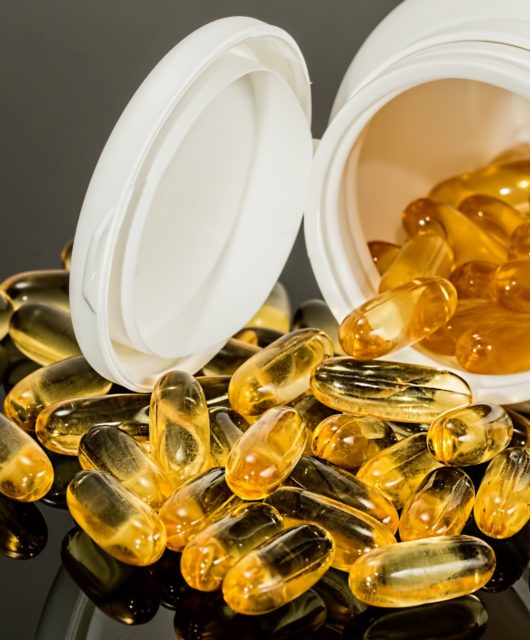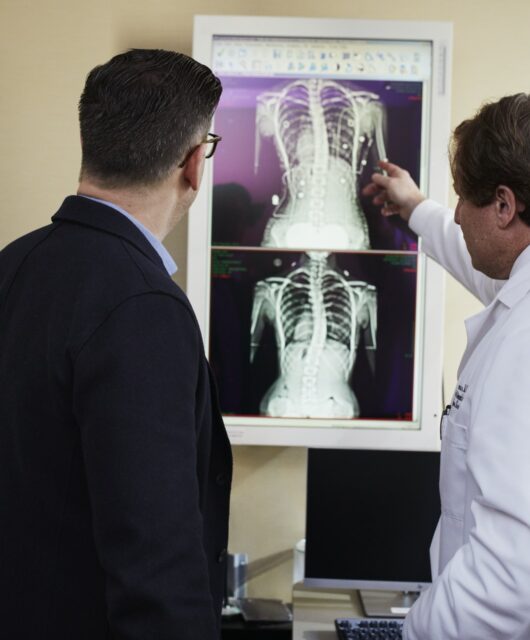Safety First: With Increased Intensity, Youth Sports Injuries On The Rise

Youth sports participation is on the rise, with children specializing in a single sport at earlier ages. And while participating in sports offers important lessons like perseverance, cooperation, and motor skill development, one of the major consequences of increased competitiveness and year-round participation is an increased likelihood of injury. Both parents and coaches, then, have a responsibility to emphasize safety in terms of technique, level of involvement, and equipment.
Heads Up
Concussions have been in the news a lot lately, but since most parents don’t expect their kids to play in the NFL, they may not be getting sufficient attention at the youth level. Unfortunately, even a single concussion can have significant consequences for you child’s health. This is a serious turn around from just five years ago when doctors didn’t think concussions caused lasting damage.
Symptoms of a concussion include fatigue and confusion, mood changes, and loss of balance, but kids who experience multiple concussions can suffer from Second Impact Syndrome and Post-Concussive Syndrome as well. And even a single concussion can cause lingering symptoms such as light sensitivity and headaches.
There are several key steps parents and coaches can take to prevent concussions. Parents should make sure they invest in proper protective gear and ask coaches about gear inspection policies. In football, coaches should teach proper heads-up tackling techniques, while young soccer players should not be introduced to heading until at least age ten, according to US Youth Soccer, and even then it should only be practiced a few times a season.
Focus On Fit
Many kids, especially those just starting a sport, use borrowed or second-hand equipment to save money since all of that gear can be expensive. Unfortunately, second-hand gear – or even equipment supplied by the team – may not always fit properly, and fit is a key part of player safety.
Before every practice and game, coaches should make sure equipment is the right size and being worn correctly. Older players can even be taught to check gear for younger teammates. And don’t forget about the mouth guard; while we focus mostly on helmet fit, chewed and fish-hooked mouth guards don’t protect the teeth sufficiently. Discourage your child or your athletes from chewing on or playing with their mouth guards and inspect it regularly, replacing the mouth guard as needed.
Be Kind To Joints
Highly specialized athletes, like pitchers or those who focus on a single swim stroke, are the most likely to suffer joint issues, but they can strike just about any athlete. The main difference is that swimmers and pitchers tend to develop overuse injuries, while other athletes suffer more acute damage.
Take cheerleaders as an example; cheerleaders love to show off their tricks to friends, but that often means doing a flip on concrete or across the wooden living room floor. This is unsafe for several reasons, but athletes shouldn’t tumble or stunt on hard surfaces as it can cause problems in ankles and knees. Similarly, repeated impact with basketball court floors can cause muscle and joint injuries over time.
One way to protect joints is through appropriate strength training and by wearing appropriate gear. Supportive basketball shoes, for instance, will reduce the stress on joints when running on the court, while strengthening muscles around the knees and ankles can help prevent ACL injuries, common in basketball and soccer players.
There are so many benefits to playing sports, but young people can’t appreciate them if they’re spending most of their time benched with an injury. That’s why, as an adult – whether a parent or coach – you need to put safety first; you’re creating the conditions for fun.









